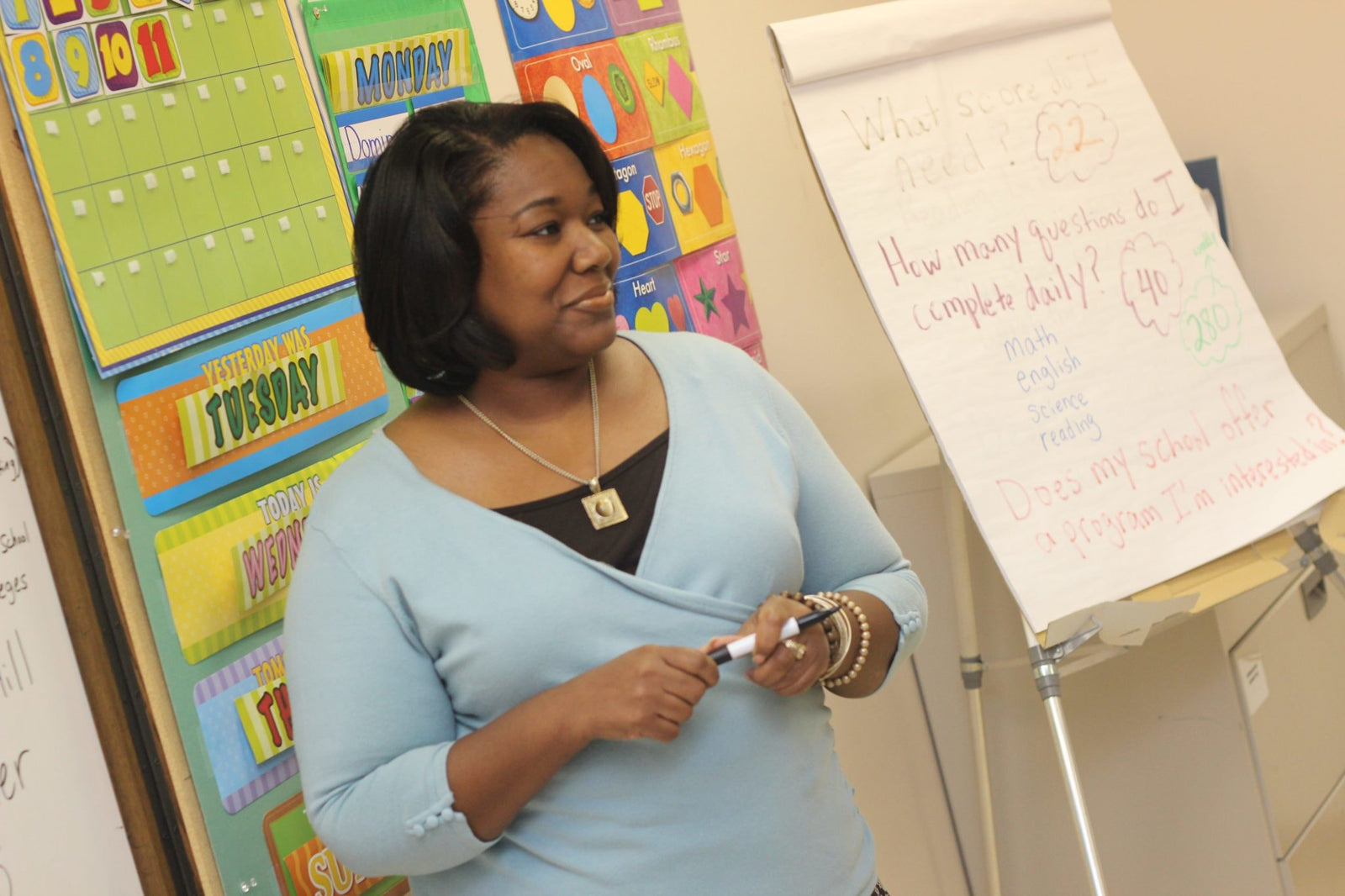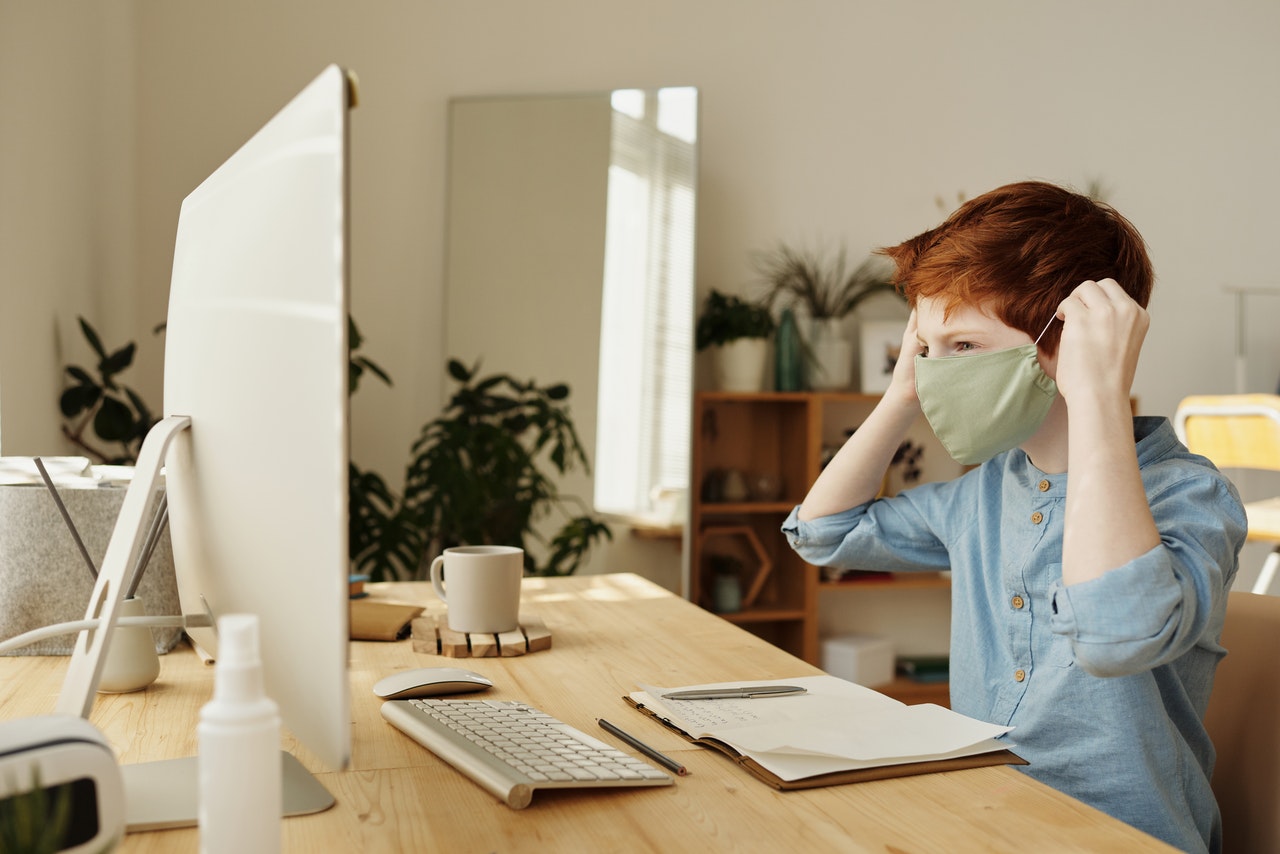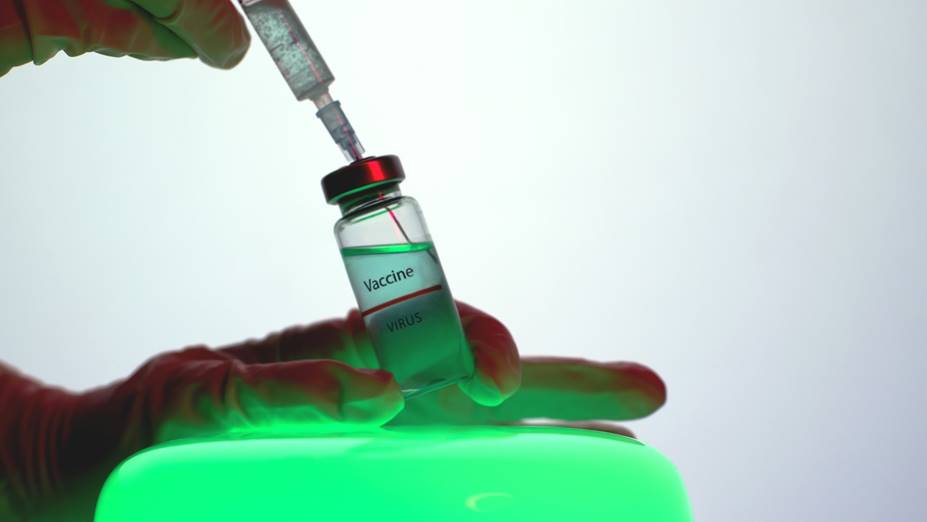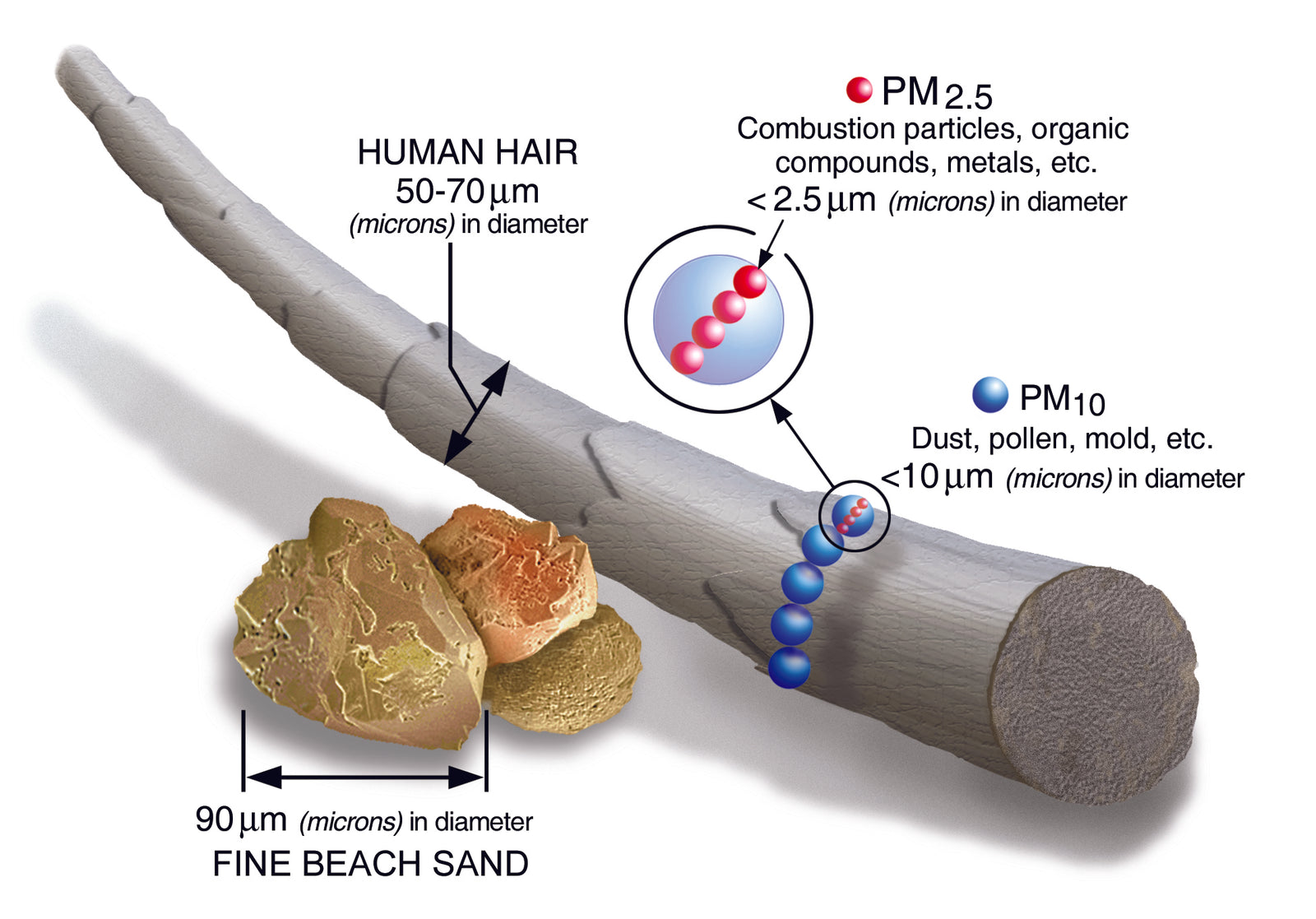Reopening of Schools

I've had the honor of being a teacher several times since college at the high school and university levels. And while I'll never forget my 10th-grade biology students from Newfound Regional High School in New Hampshire, I don't think any students impacted me more than a group of preschoolers I taught (or perhaps better stated as taught me) one Summer between semesters. There was something about the interaction. It was hands-on, physical, interactive and full of wonderment. I think about that experience often. Through this closeness, I felt connected. I had been entrusted to have a positive impact on someone's child. I'm sure this feeling is shared by millions of teachers every day throughout the world.
With schools slated to begin re-opening just weeks away, communities, school districts, and parents are coming together to discuss and define new protocols and practices to create a safe environment for students to engage, learn, socialize and grow. Most schools are looking at instituting hybrid and remote learning models designed for different students to attend classes one or two days per week, coupled with virtual classes for the at-home days. Closing the school one day per week for the facilities team to thoroughly sterilize the building.
Schools must implement new practices not just for students, teachers, and staff, but parents and caregivers to prevent the spread of this disease. We all know the core building blocks, safe distancing, mandatory mask-wearing, and sound hygiene practices. However, expect schools to mandate health and safety plans, establish a pandemic team (first responders), conduct temperature reading, and utilize new sanitizing methods and equipment.
We have been working with preschools, K-12, and universities to assist in their efforts to sanitize elements of their facilities. We typically focus on infirmary or first aid room for students to go if they are not feeling well or have a cold or flu symptoms. We don't offer solutions that address the greatest challenge, effective management of airborne viruses across an entire campus.
Many schools have been plagued with inadequate air circulation systems for decades, making them breeding grounds for viruses.
“Nationally, 90% of schools are under-ventilated, Allen says, and decades of research show that bad airflow harms student health and performance. Now, the pandemic is bringing new urgency to the school air issue.”
The best ways to reduce the concentration of germs in an area is either through filtrations (often requiring typical HVAC filters to be replaced with HEPA or PM2.5 filters) or dilution by bringing in a steady flow of clean air from the outdoors.
Opening doors and windows, box fans, and holding classes outdoors can help improve student and teacher safety and the air quality in the learning environment. There is an excellent article by Schools for Health that provides steps your school's system should be implementing or considering. https://schools.forhealth.org/risk-reduction-strategies-for-reopening-schools/
If you are a teacher or faculty member, or a parent that might be able to assist your local school, check it out or download their School Reopen Report to learn how you might be able to help.
It is difficult to say what schools will look like in the months and years ahead, or how long it will take for new graduating teachers to feel that connection I felt back in my college days. But the one thing I am sure of is the world is full of great teachers and they will, as they have so many times before, rise to the challenge.
Also in News

An Unusual Journey to Normalcy

The History of Vaccines: What it Means for Coronavirus

